How the Berlin Wall actually came down
On November 9, 1989, a momentous event unfolded under the cloak of the night in Berlin. Residents on both sides of the Berlin Wall, which had stood as a formidable barrier for nearly three decades, were unaware that they were about to witness history. The air was charged with tension and anticipation as rumors spread, leading to a spontaneous gathering at the wall. This night marked the beginning of a new era, one where division would transform into unity.
A Brief History of the Berlin Wall
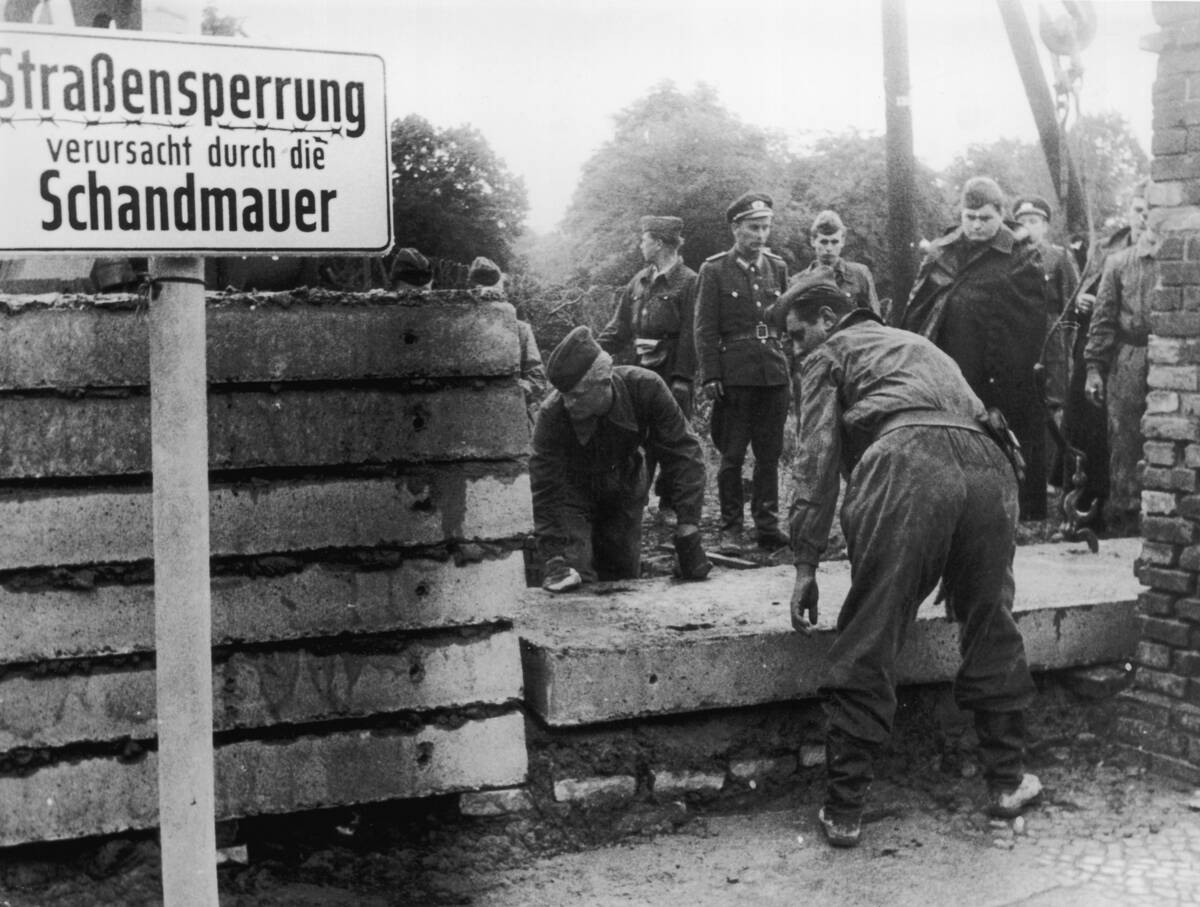
Erected in 1961, the Berlin Wall was a stark symbol of the Cold War, separating East and West Berlin. Fortifications stretched over 96 miles, complete with guard towers and barbed wire, designed to prevent East Germans from fleeing to the West. Over the years, numerous attempts were made to escape, with some resulting in tragic outcomes. This physical and ideological barrier became a focal point of international tension and a constant reminder of the divided world during the Cold War era.
The Wall’s Symbolic Significance
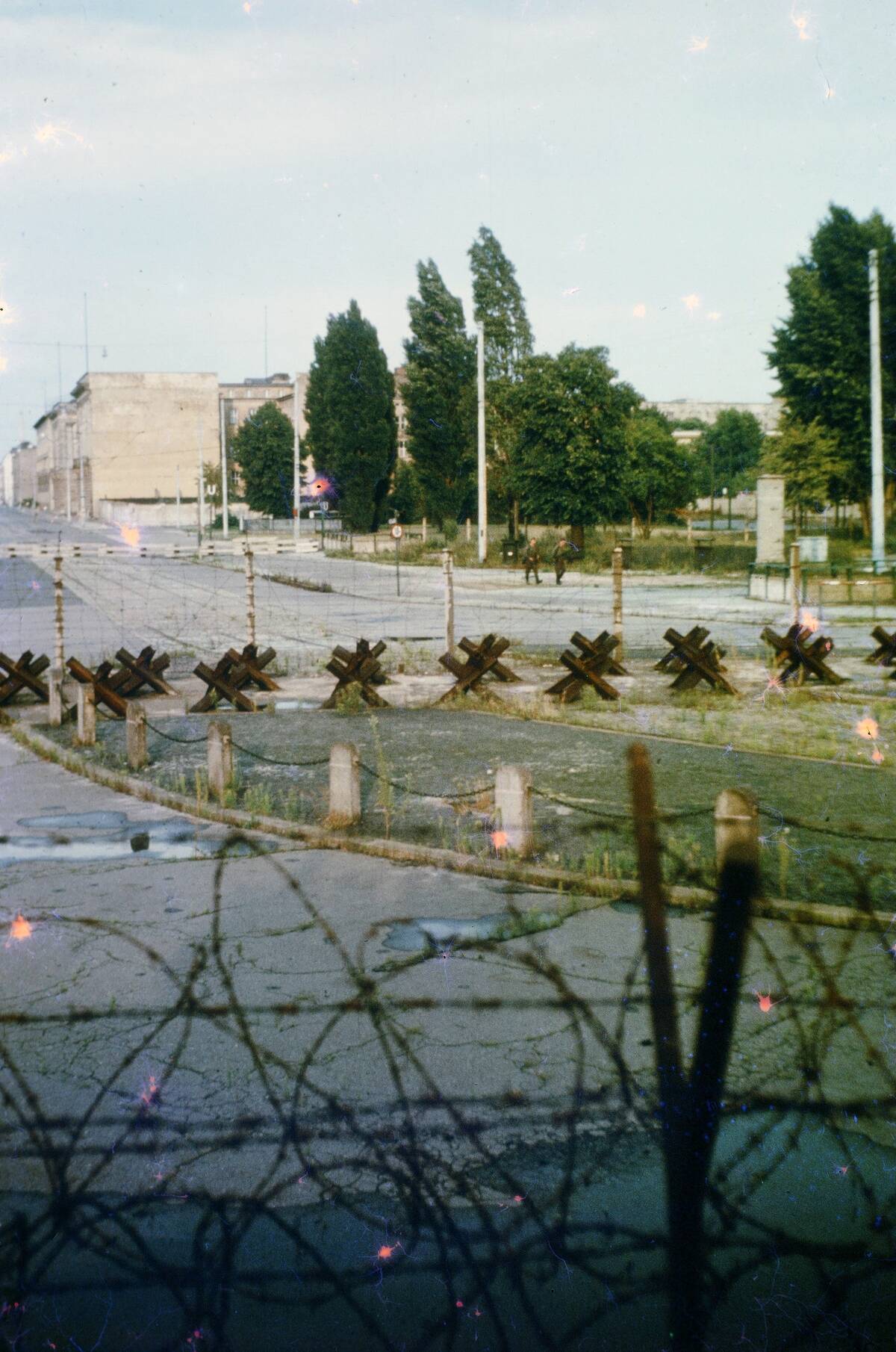
The Berlin Wall was more than just concrete and steel; it was a symbol of the ideological divide between communism and capitalism. It represented the struggle for freedom and the oppression faced by those living under communist regimes. For the West, it was a reminder of the fight against tyranny, while for the East, it was a daily reminder of the restrictions placed upon them. The wall’s presence was a constant reminder of the geopolitical struggle that defined the latter half of the 20th century.
Everyday Life Divided: East vs. West Berlin
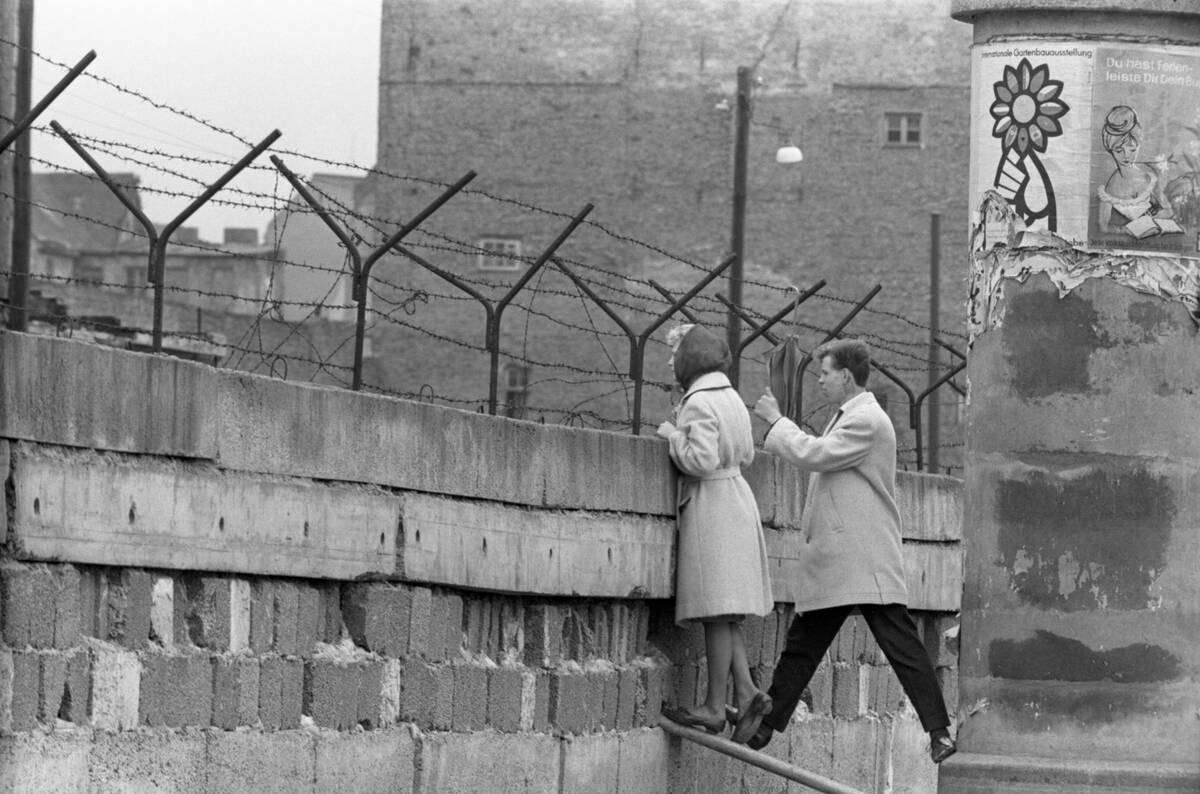
Life in East Berlin was vastly different from that in the West. While West Berlin enjoyed economic prosperity and freedom, East Berliners faced shortages and state surveillance. Families were torn apart, and communication across the wall was severely restricted. Despite the physical barrier, people on both sides found ways to maintain connections, often through letters or rare visits. The disparity in quality of life highlighted the ideological chasm between the two sides, fueling the desire for change.
The Seeds of Change: Early Protests and Movements
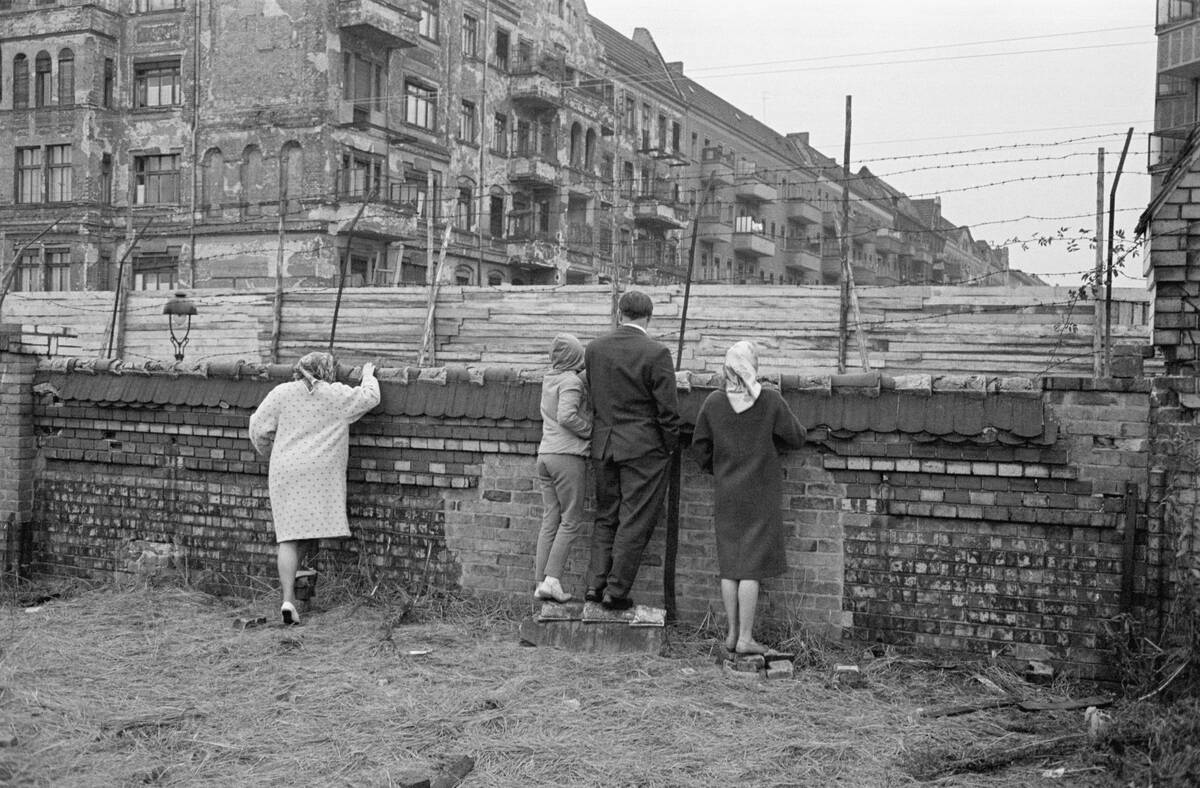
Throughout the 1980s, dissatisfaction in East Germany simmered, leading to a series of protests demanding reform. The Leipzig Monday demonstrations became a focal point for the peaceful protest movement, attracting thousands of participants. Citizens demanded more freedom and political liberalization, emboldened by changes in neighboring communist countries. These early protests laid the groundwork for the eventual uprising, setting the stage for the monumental events of 1989.
The Role of Mikhail Gorbachev and Soviet Policies
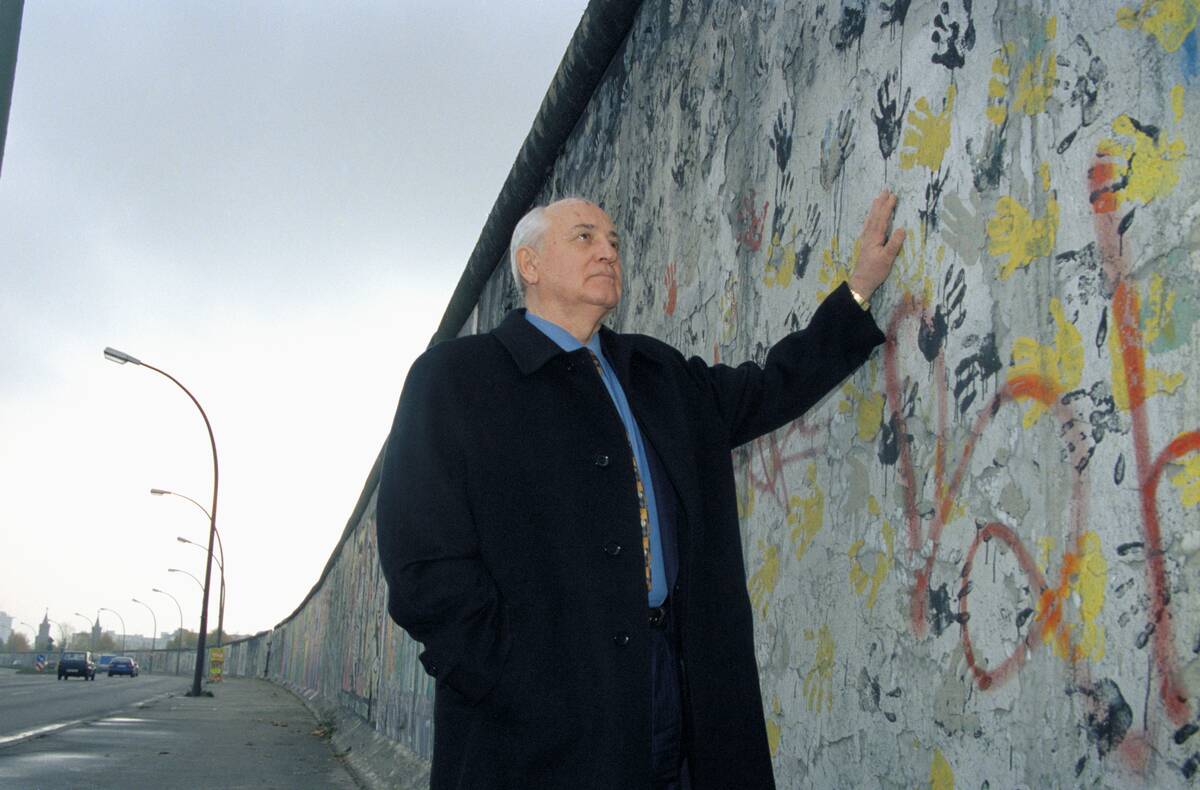
Mikhail Gorbachev’s policies of glasnost (openness) and perestroika (restructuring) played a crucial role in the events leading up to the fall of the Berlin Wall. These reforms signaled a shift in Soviet policies, allowing for more transparency and economic reform. Gorbachev’s refusal to use force to maintain control over Eastern Bloc countries emboldened reform movements across Eastern Europe. The Soviet Union’s new stance on non-intervention encouraged East Germans to push for change, knowing they would not face Soviet military intervention.
The Peaceful Revolution: East German Uprisings
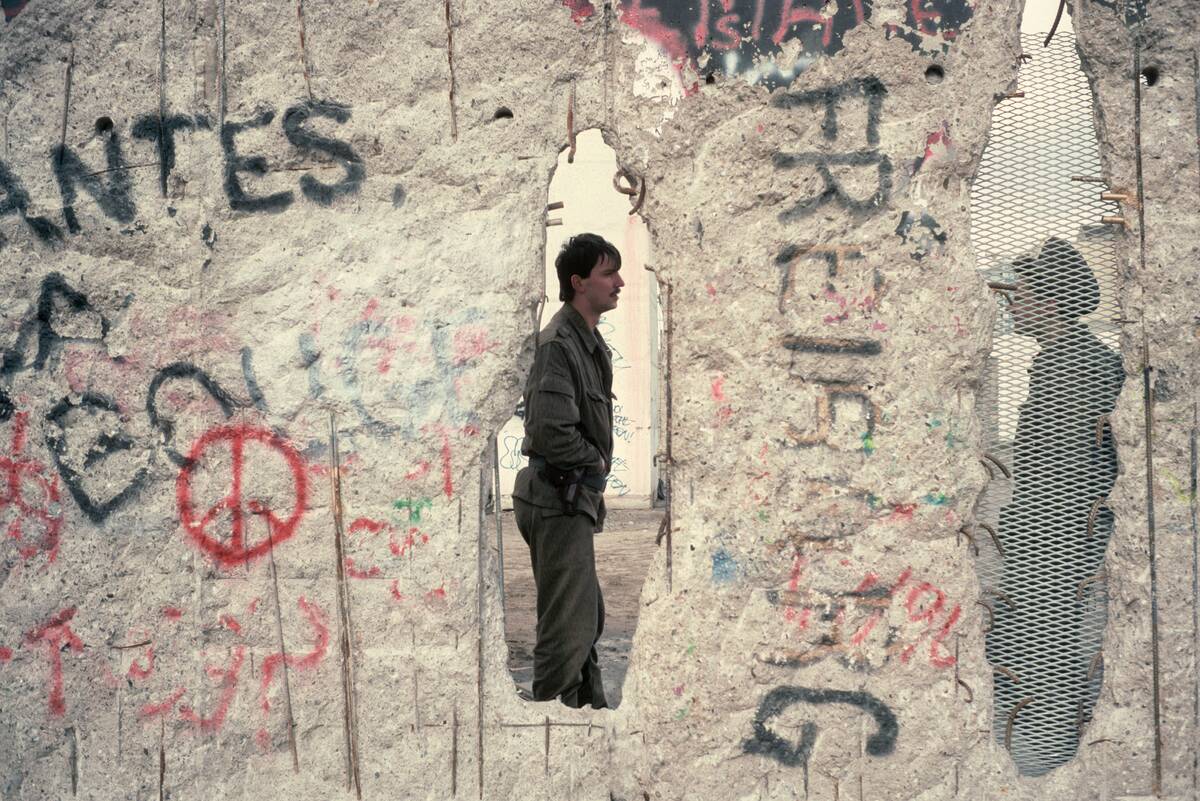
The Peaceful Revolution in East Germany was marked by mass protests that were remarkably non-violent. In cities like Leipzig and Dresden, citizens took to the streets, carrying candles and chanting for freedom and reform. The government’s inability to suppress these movements without resorting to violence demonstrated a significant shift in power dynamics. The peaceful nature of these protests showcased the citizens’ desire for change without bloodshed, ultimately leading to the collapse of the authoritarian regime.
The Impact of Hungary and Poland on East Germany
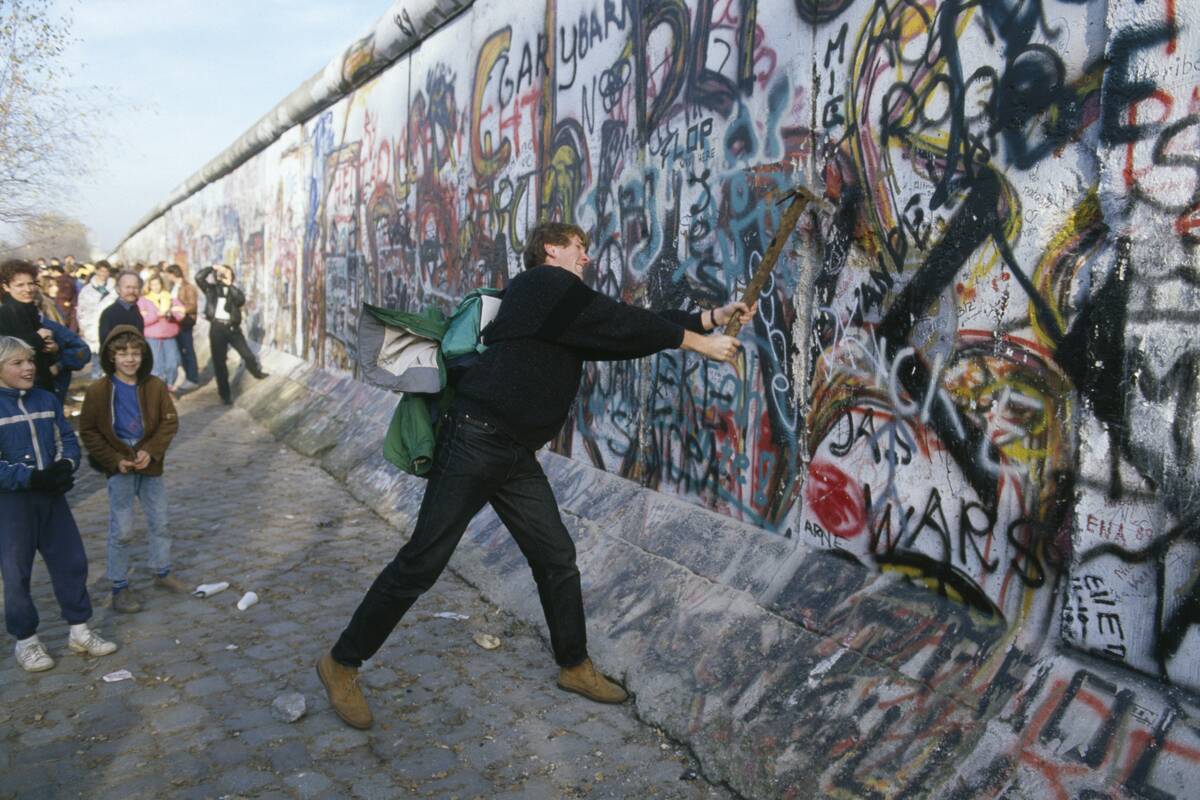
Hungary and Poland were pivotal in inspiring change within East Germany. Hungary’s decision to open its border with Austria in 1989 allowed thousands of East Germans to flee to the West, creating a crisis for East German authorities. Meanwhile, Poland’s Solidarity movement demonstrated the power of organized opposition, encouraging East Germans to push for similar reforms. These developments highlighted the fragility of communist regimes and provided a blueprint for peaceful change that resonated with East Germans.
The Announcement That Changed Everything
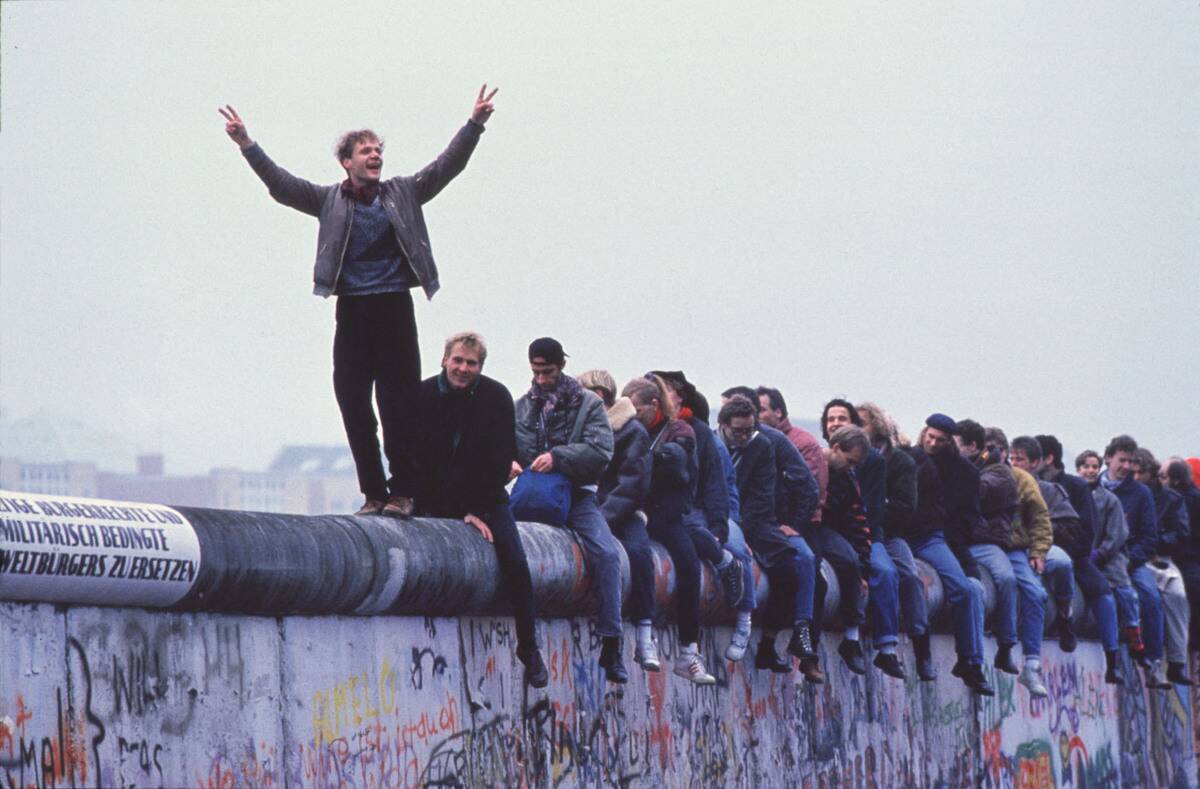
On the evening of November 9, 1989, a seemingly mundane press conference took an unexpected turn. East German official Günter Schabowski mistakenly announced that travel restrictions would be lifted immediately. His ambiguous statement, broadcast on television, led to confusion and excitement among Berliners. People flocked to the border crossings, eager to test the new policy. This announcement, though unintended, was the catalyst that sparked the events leading to the fall of the Berlin Wall.
The Accidental Opening: A Miscommunication Story
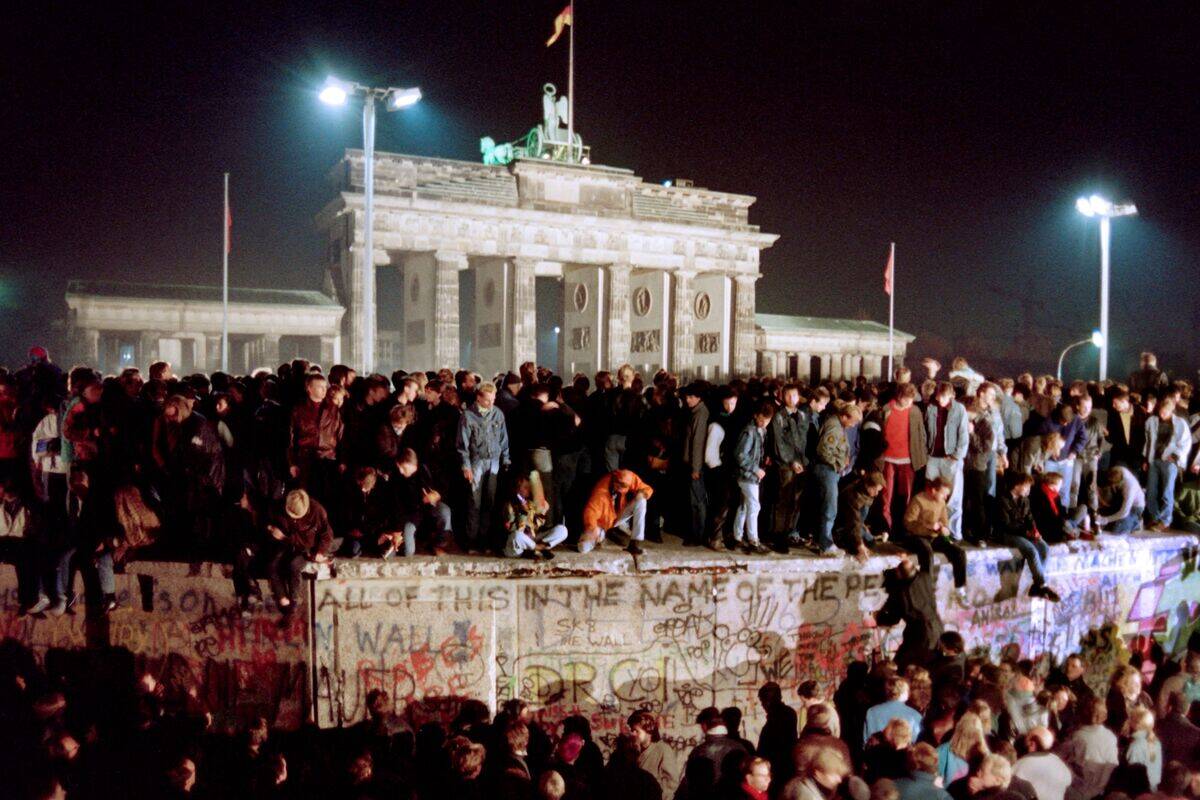
The fall of the Berlin Wall was largely a result of miscommunication. Schabowski had received incomplete information about new travel regulations and inadvertently suggested that the changes were effective immediately. Border guards, unprepared for the sudden influx of people, had no clear instructions on how to handle the situation. Overwhelmed by the crowd’s enthusiasm, the guards eventually opened the gates, allowing East and West Berliners to reunite. This accidental opening became a pivotal moment in German history.
The Unbelievable Night: Citizens Take Action

As the news spread, thousands gathered at the Berlin Wall, eager to cross over. The atmosphere was electric, filled with disbelief and joy. People climbed onto the wall, danced, and embraced strangers from the other side. The sense of unity was palpable as Berliners seized this once-in-a-lifetime opportunity to break free from division. Citizens took chisel and hammer to the wall, symbolically dismantling the barrier that had kept them apart for so long. This night was a testament to the power of the human spirit.
Scenes of Celebration: The World Watches in Awe
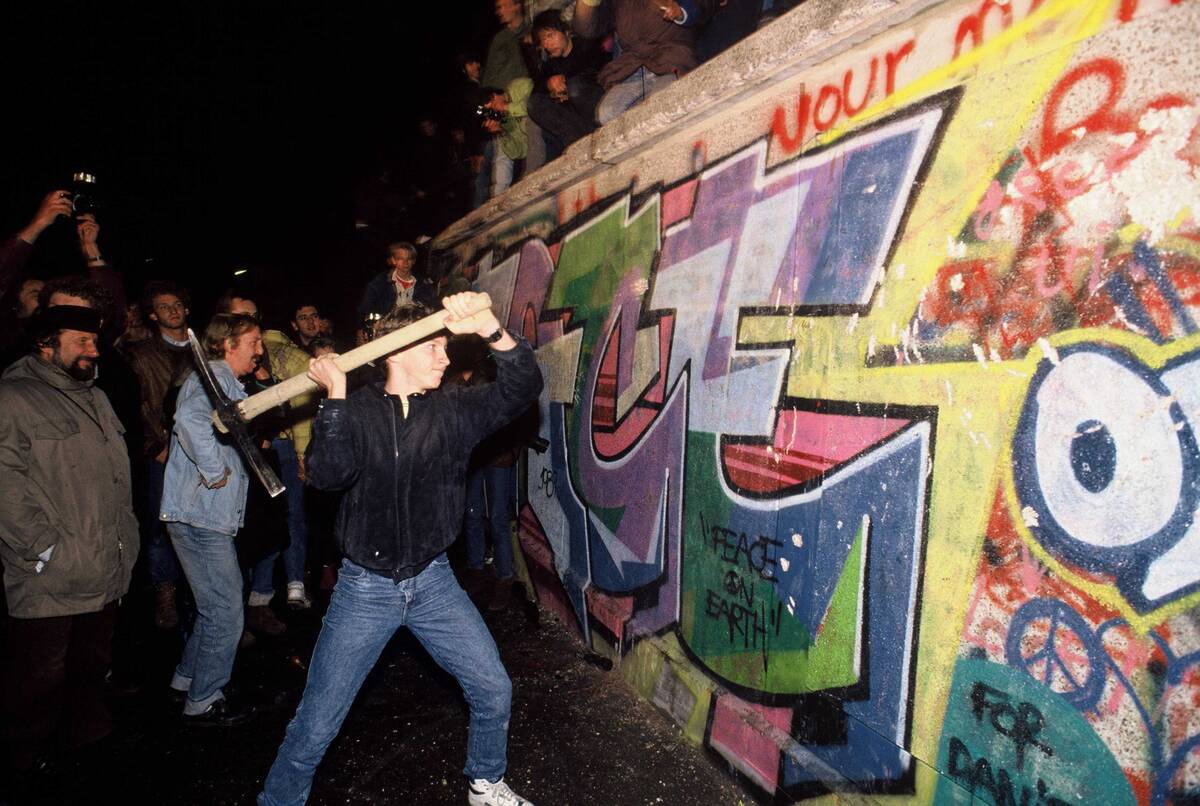
The fall of the Berlin Wall was broadcast globally, capturing the world’s attention. Images of jubilant crowds, people tearing down sections of the wall, and tearful reunions were transmitted to millions. The international community watched in awe as a divided nation began its journey towards reunification. The scenes of celebration became iconic symbols of hope and change, inspiring other movements worldwide. This moment underscored the interconnectedness of global communities in their collective pursuit of freedom and peace.
The Wall Comes Down: Tools of Change
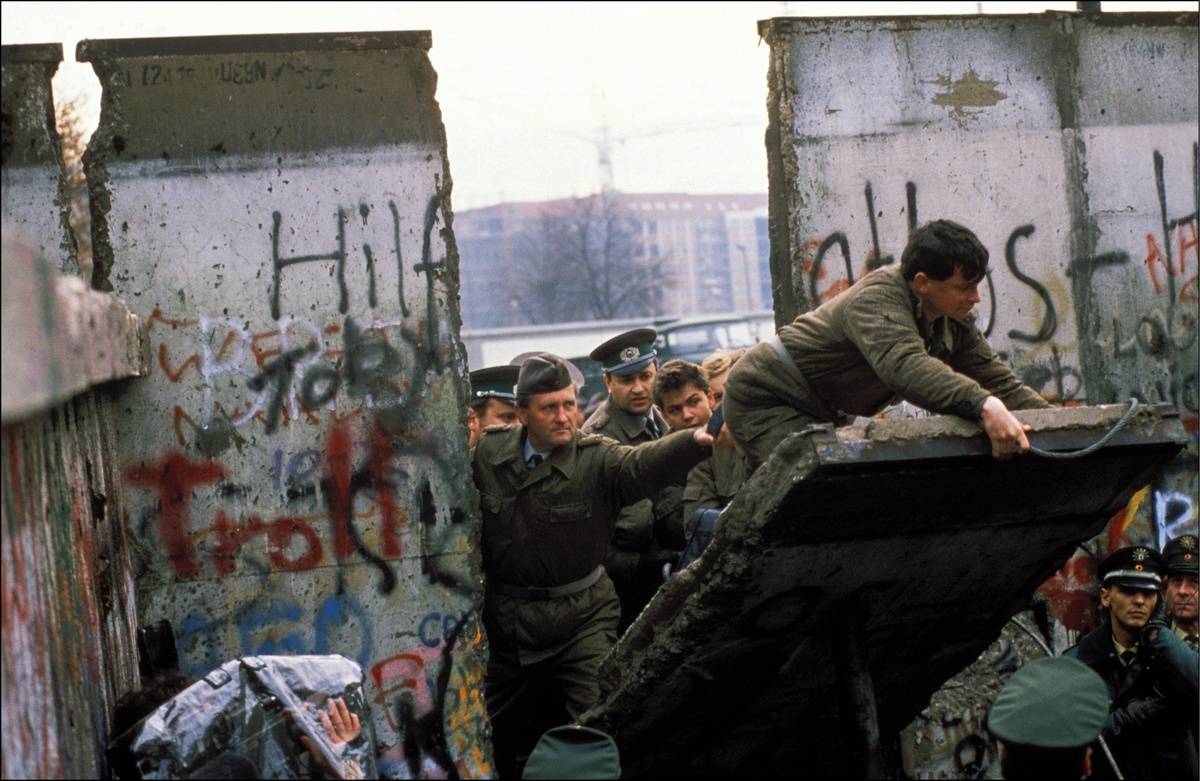
In the days following the fall, Berliners continued to dismantle the wall with whatever tools they could find. Crowdsourced demolition became a symbol of the people’s power to enact change. The wall, once a daunting structure, was reduced to rubble and souvenirs. The physical destruction of the wall represented the end of an era and the beginning of a new chapter for Germany. This grassroots effort highlighted the determination and resilience of the people in reclaiming their city.
The Aftermath: A City Reunited
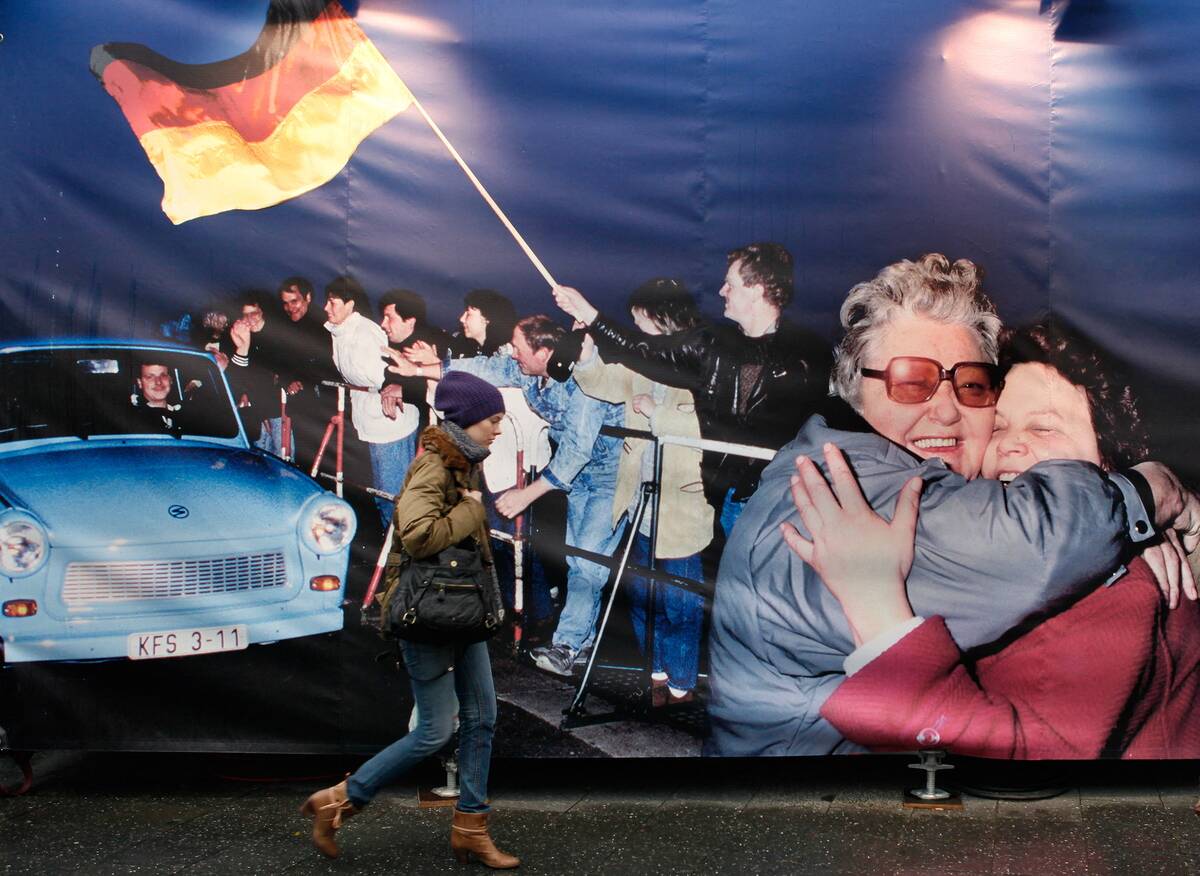
The fall of the Berlin Wall paved the way for the reunification of Berlin and Germany as a whole. The city faced the challenge of merging two distinct societies, each with its own systems and ideologies. Infrastructure had to be rebuilt, and economic disparities addressed. Despite these challenges, Berliners were united in their determination to rebuild their city. The reunification process was a testament to the resilience and adaptability of the people, transforming Berlin into a vibrant, unified metropolis.
The Global Impact: A New Era Begins
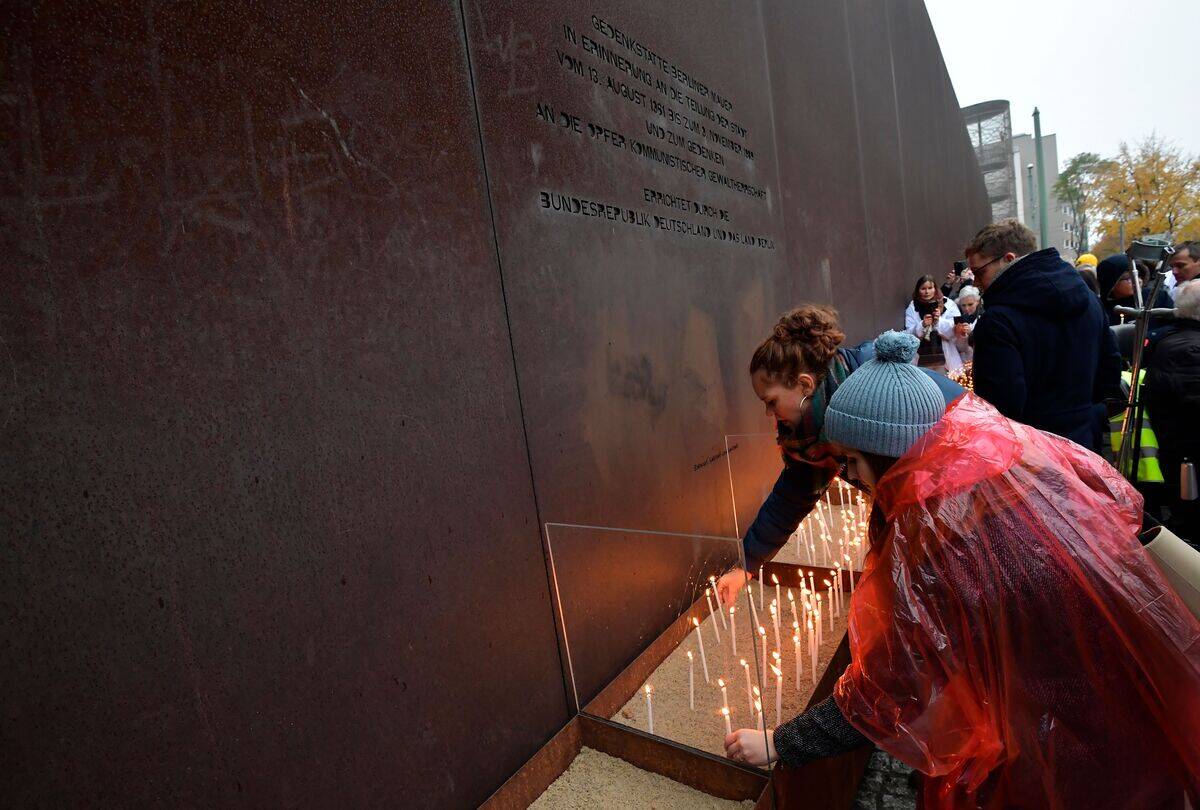
The fall of the Berlin Wall marked the beginning of the end for the Cold War, heralding a new era of global politics. It symbolized the triumph of democracy over authoritarianism and inspired movements for freedom worldwide. The events in Berlin accelerated the collapse of other communist regimes in Eastern Europe, leading to significant geopolitical shifts. This momentous occasion reshaped international relations, fostering cooperation and dialogue between former adversaries and paving the way for a more interconnected world.
The Berlin Wall Today: Memorials and Museums
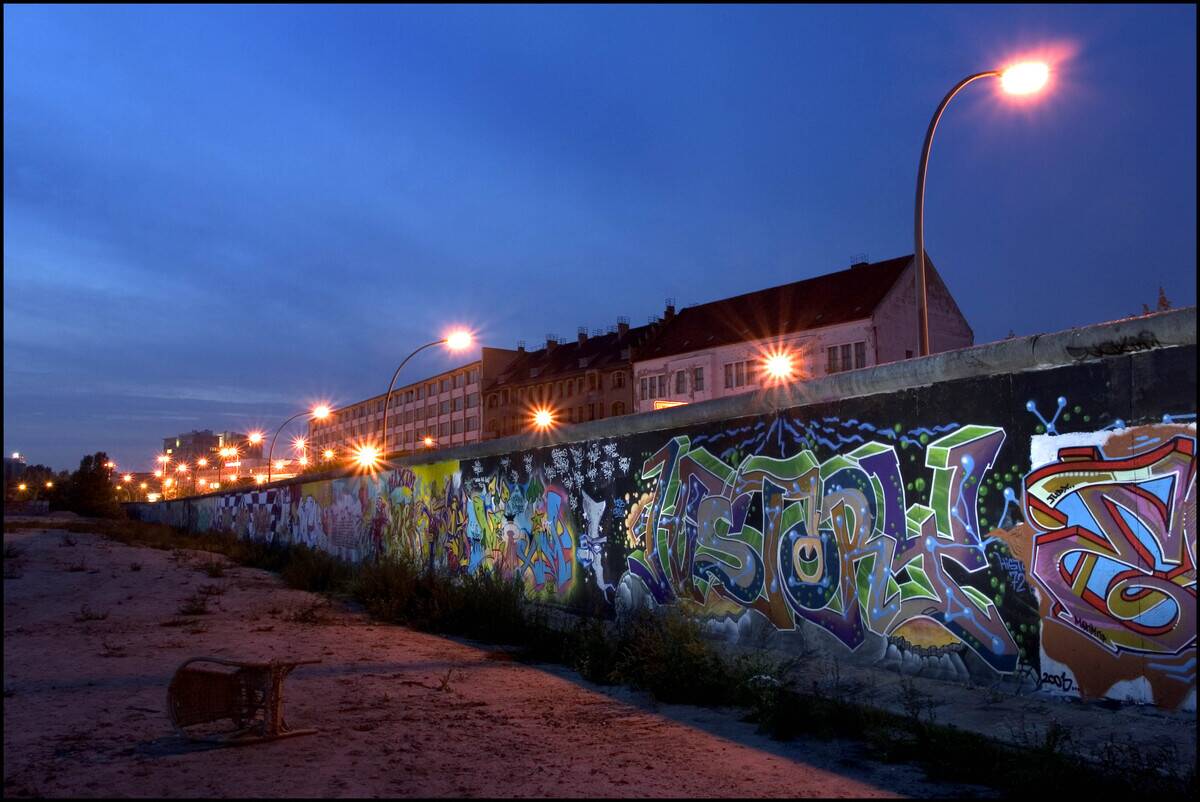
Today, remnants of the Berlin Wall serve as powerful reminders of the past. Memorials and museums have been established to educate future generations about this pivotal moment in history. The East Side Gallery, a preserved section of the wall, features murals by artists from around the world, celebrating freedom and unity. These sites attract visitors from all over, offering a space for reflection and understanding. The Berlin Wall’s legacy endures, reminding us of the importance of perseverance and the human spirit’s capacity for change.



